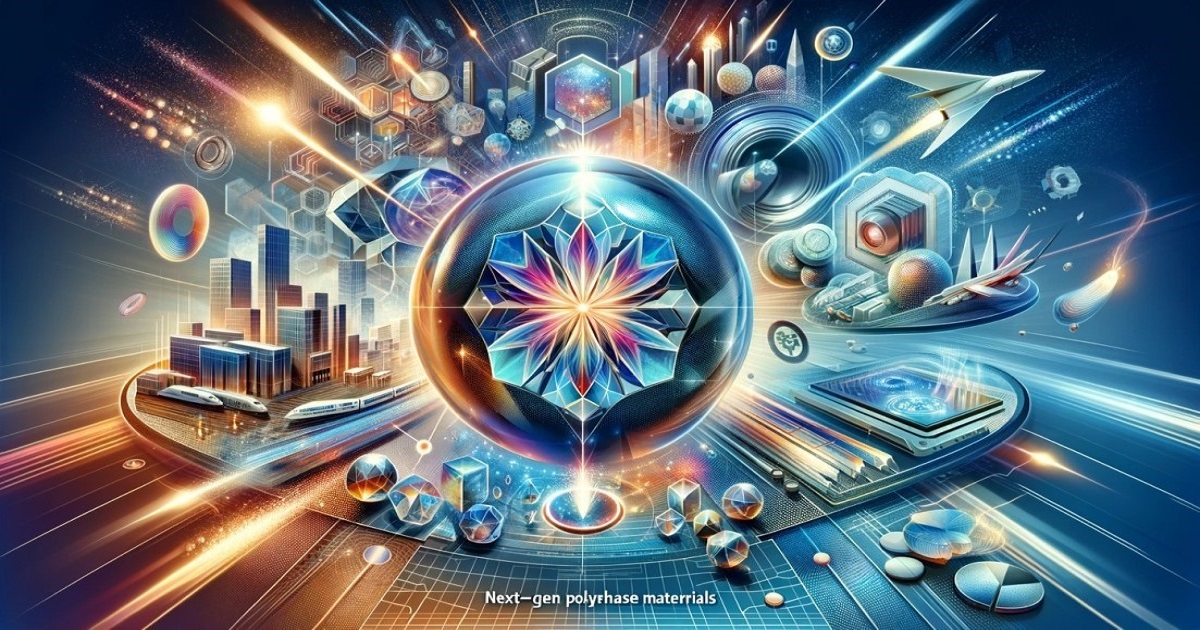Synergy in Polyphase Materials: Harnessing the Power of Glass and Ceramics
A special issue of Materials (ISSN 1996-1944). This special issue belongs to the section "Advanced and Functional Ceramics and Glasses".
Deadline for manuscript submissions: 20 October 2025 | Viewed by 6682

Special Issue Editors
Interests: amorphous and crystalline materials; glass transition; vitrification; nuclear waste management; immobilisation; radiation effects
Special Issues, Collections and Topics in MDPI journals
Interests: glasses; glass-ceramics; chemistry of glass; crystallization of glass
Special Issues, Collections and Topics in MDPI journals
Special Issue Information
Dear Colleagues,
Characterized by their intricate combinations of vitreous and crystalline phases, polyphase materials are fundamental in nature, daily life, technology, medicine, science and creative applications. Their use ranges from rock deposits and household goods to automotive windshields and nuclear waste immobilising wasteforms. In advanced technologies, nanoscale assemblies of polyphase materials are expanding possibilities, notably in photovoltaic power generation. Current interests in the investigation and utilization of polyphase materials gradually shifts to nanoscale assemblage of constituent phases, which widens the range of possibilities, e.g., in photovoltaic power generation, photonics and plexitonics, optical data storage and space exploration.
Recognizing the transformative potential of these materials, especially at the nanoscale, we invite you to contribute to this Special Issue Materials which aims to spotlight advancements in the science and application of these specific polyphase materials, and discuss their emerging roles in promoting sustainable technological growth.
We welcome original research and reviews focusing on the following:
- Structure–property relationships in polyphase materials such as glass, ceramics and glass–ceramics;
- Natural polyphase materials, their role and structural features;
- Advances in the synthesis and functionalization of glass- and ceramic-based polyphase materials, enhancing their industrial and medical applications;
- Electrical, magnetic and optical properties pertinent to glass- and ceramic-based polyphase materials;
- Innovations in sintering and crystallization techniques for developing nanostructured glasses, ceramics and glass–ceramics;
- Application of artificial intelligence and computational modelling in understanding and optimising of polyphase materials;
- Novel processing techniques, including 3D printing and laser micromachining, tailored for polyphase materials;
- Cutting-edge technologies and applications specific to polyphase glasses, ceramics and glass–ceramics.
Your contributions can help shape the future of these essential materials, highlighting their role in next-generation technologies and applications.
Prof. Dr. Michael I Ojovan
Dr. Georgiy Shakhgildyan
Prof. Dr. Kai Xu
Guest Editors
Manuscript Submission Information
Manuscripts should be submitted online at www.mdpi.com by registering and logging in to this website. Once you are registered, click here to go to the submission form. Manuscripts can be submitted until the deadline. All submissions that pass pre-check are peer-reviewed. Accepted papers will be published continuously in the journal (as soon as accepted) and will be listed together on the special issue website. Research articles, review articles as well as short communications are invited. For planned papers, a title and short abstract (about 100 words) can be sent to the Editorial Office for announcement on this website.
Submitted manuscripts should not have been published previously, nor be under consideration for publication elsewhere (except conference proceedings papers). All manuscripts are thoroughly refereed through a single-blind peer-review process. A guide for authors and other relevant information for submission of manuscripts is available on the Instructions for Authors page. Materials is an international peer-reviewed open access semimonthly journal published by MDPI.
Please visit the Instructions for Authors page before submitting a manuscript. The Article Processing Charge (APC) for publication in this open access journal is 2600 CHF (Swiss Francs). Submitted papers should be well formatted and use good English. Authors may use MDPI's English editing service prior to publication or during author revisions.
Keywords
- vitreous materials
- glass–ceramics
- polyphase materials
- nanoscale polyphase structures
- sintering techniques
- crystallization processes
- laser micromachining
- functional materials
- composite material interfaces
Benefits of Publishing in a Special Issue
- Ease of navigation: Grouping papers by topic helps scholars navigate broad scope journals more efficiently.
- Greater discoverability: Special Issues support the reach and impact of scientific research. Articles in Special Issues are more discoverable and cited more frequently.
- Expansion of research network: Special Issues facilitate connections among authors, fostering scientific collaborations.
- External promotion: Articles in Special Issues are often promoted through the journal's social media, increasing their visibility.
- Reprint: MDPI Books provides the opportunity to republish successful Special Issues in book format, both online and in print.
Further information on MDPI's Special Issue policies can be found here.








